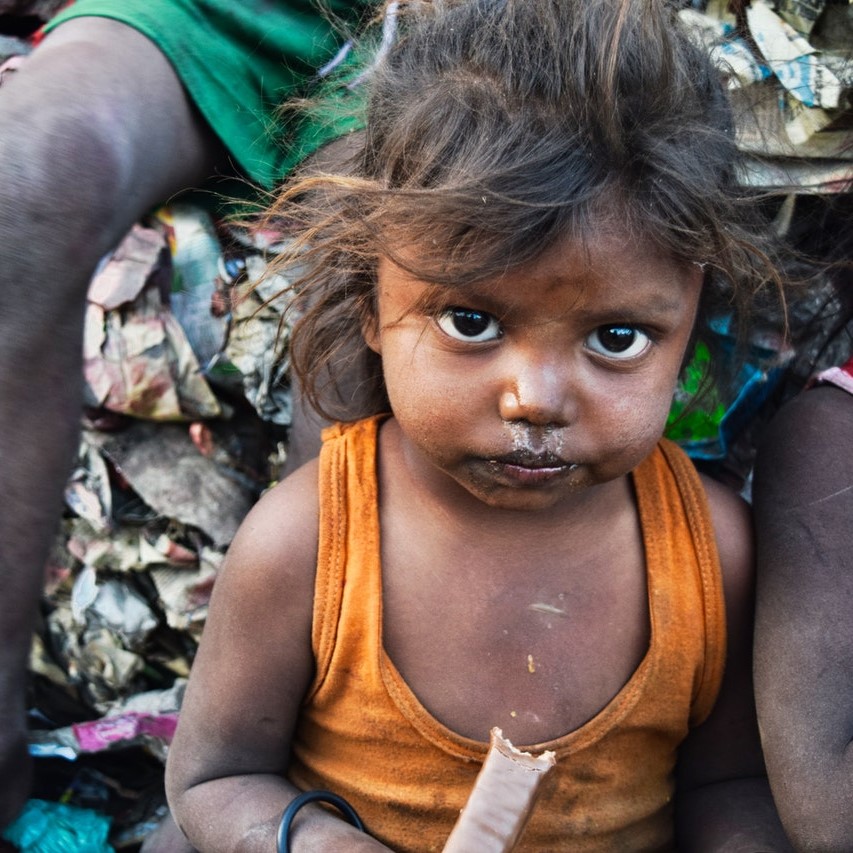WARNING: This article contains facts that are grim to grasp and difficult to digest (pardon the pun).Most Americans do not regard hunger as a problem, let alone understand the magnitude of its scope. If you really want to know about the severity of global hunger – and if you are willing to do something about it, read on.According to World Hunger Day.org and Mercy Corps:
 More than 820 million people do not have enough of the food they need to live an active, healthy life. That’s more than twice the entire population of the United States (328 million) and Canada (37.5 million) combined.
More than 820 million people do not have enough of the food they need to live an active, healthy life. That’s more than twice the entire population of the United States (328 million) and Canada (37.5 million) combined.- One of every nine people on this planet goes to bed hungry at night – every night.
- The current daily death toll from hunger is close to 25,000. That is nine million people per year – more than all the deaths from Aids, malaria, and tuberculosis.
- Children under the age of five are dying from hunger at the rate of one every 10 seconds.
- More than 135 million are suffering from severe hunger, meaning that they will die if they do not gain access to nutritional food.
- Despite the United Nations’ Sustainable Development Goal and all of the efforts toward eliminating hunger by 2030, the hunger crisis is worse now than it has been since 2016.
- Ninety-eight percent of the world’s hungered people live in developing countries in Asia, Africa, and Latin America. Perhaps that is why we are not more concerned – It’s their problem, not ours.
These crises stem primarily from poverty, but they are exacerbated by military conflict, weather conditions, locust plagues, and other natural disasters. At the very minimum, this problem raises two questions, both of which need to be answered.
- Short term: How do we feed people right now?
- Long term: How do we ensure that they will be fed continually?
If someone is starving now, they can’t wait several months for a new harvest. If we only feed them now, we are likely only delaying their ultimate demise. Numerous NGOs are trying to address one or both of those questions. In fact, one or the other is nearly always a component of faith-based organizations.
The problem is not a shortage of food. There are enough resources and plenty of food available to feed the entire global population. The long-term solution requires helping the hungry gain access to sustainable food sources and successfully eliminating the aforementioned causes of hunger.
Access may be provided in the form of agricultural innovation and implementation, supply-chain infrastructure and management, or both.
As individual followers of Christ, our responsibility is to supply a need when we see it and as the Lord provides. So, the question boils down to, “How will you help.”
“The world is hungry, but the emptiness goes far beyond the table. The need is physical and spiritual. People hunger for opportunity, starve for resources, and have been stripped of value. These injustices keep us up at night.” – Food for the Hungry
World Hunger Day is an initiative of The Hunger Project, a nonprofit organization established in 1997 by members of the European Union. Its objective is to reach a sustainable end to world hunger. The Hunger Project does not distribute food.
To drill deeper and learn more about the global hunger crisis, we encourage you to read the special report, “The Scandal of Starvation in a World of Plenty,” published by Gospel for Asia and released in advance of World Hunger Day, May 28th. You will gain additional insight into not only the crisis but also the ways Gospel for Asia and its partners are working to address the problem in South Asia.
To read more news on World Hunger on Missions Box, go here.
Sources:
- World Hunger Day.org, Official Website
- The Hunger Project, Official Website
- VOA News, COVID Pandemic to Double World Hunger, Report Finds
- World Food Program, 2020 Global Report on Food Crises
- Food for the Hungry, Official Website
- Mercy Corps, The facts: What you need to know about global hunger




